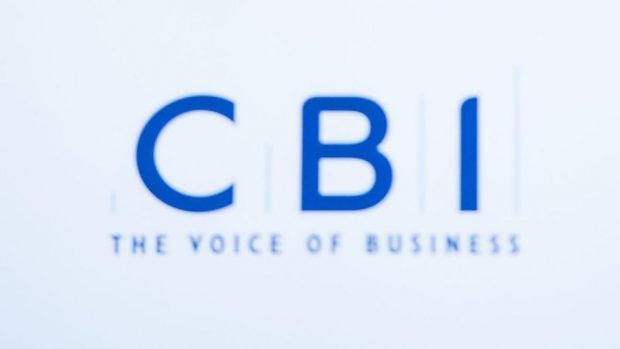Business leaders last night gave a cautious welcome to Scotland’s falling deficit but had concerns that more was spent than raised last year.
Tracy Black, CBI Scotland Director, said the £12.6billion deficit underlined the need for a strong private sector to help raise the tax take to fund public services.
Ms Black was reacting to Government Expenditure Revenue Scotland (GERS) figures which showed the 2018/19 deficit had improved by £1.1bn on the previous years, but was six times larger than the UK’s deficit when expressed as a percentage of GDP.
“That Scotland’s overall fiscal position has improved for a third year in a row is obviously welcome, as is the fact that onshore revenues have increased at the fastest pace since 2010-11,” she said.
“While things are moving in the right direction, there’s absolutely no room for complacency, particularly as Scotland still lags way behind the rest of the UK when you look at the deficit as a percentage of GDP.
“The inescapable fact is that Scotland spends more than it raises in taxation is a timely reminder of why a thriving and competitive private sector is essential for funding the kind of public services we all want to see.”
The influential blog published by the Fraser of Allander Institute at Strathclyde University pointed out that HMRC data suggested the number of higher and additional rate income taxpayers in Scotland was lower than previously estimated.
It added: “This has now been reflected in the most recent years of the GERS figures, leading to a worsening of the income tax revenue figures and in turn the net fiscal balance for 2016-17 and 2017-18 in particular.”
Struan Stevenson, chief executive of the pro-United Kingdom organisation Scottish Business UK, said the figures underlined the benefits of the “Union dividend” to the economy.
He added: “While we note and welcome the continued positive performance in the public finances, thanks in part to increased North Sea activity, it’s too little too late to provide the kind of consistent boon to revenues that supporters of independence will have hoped for.”
